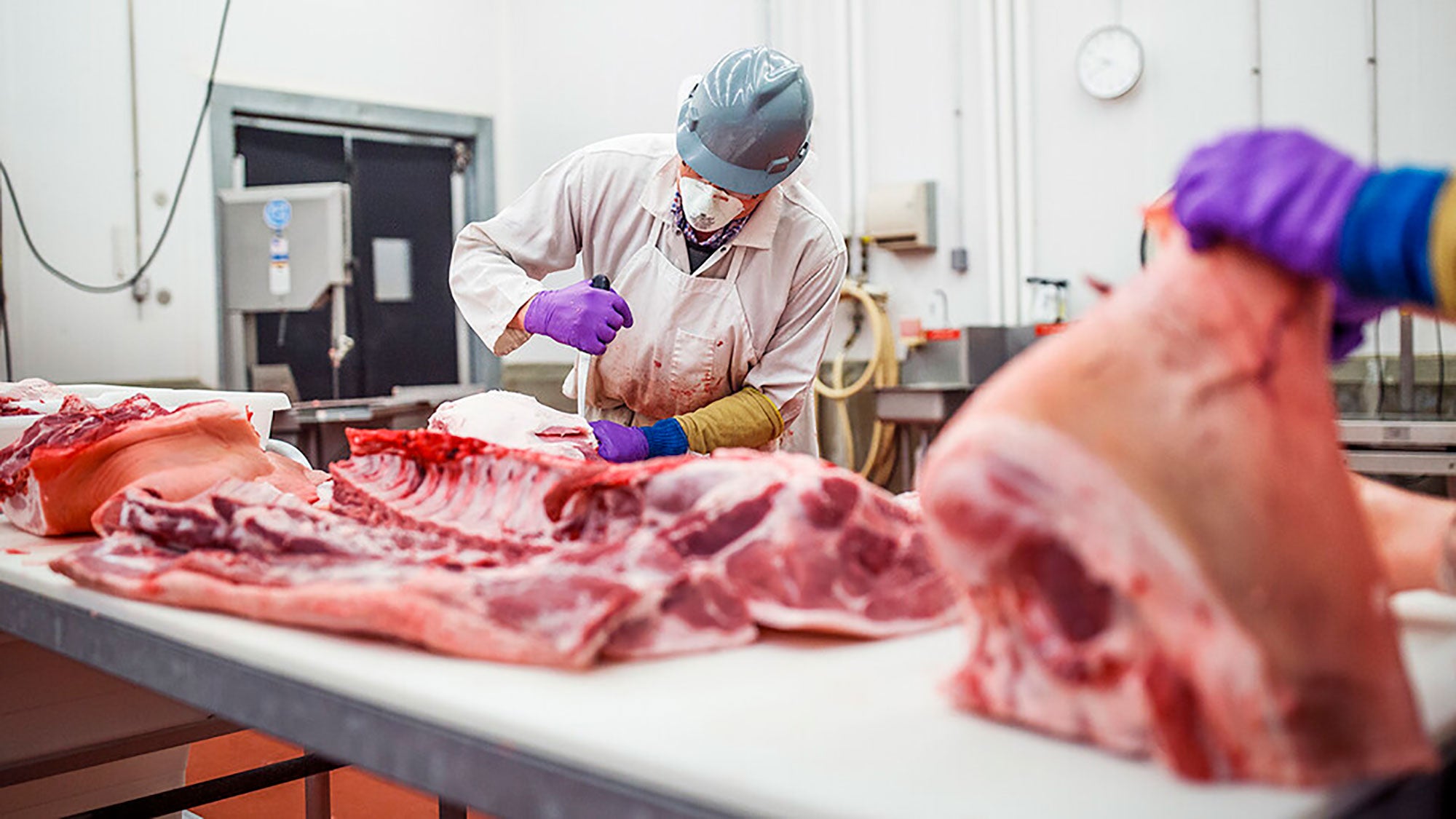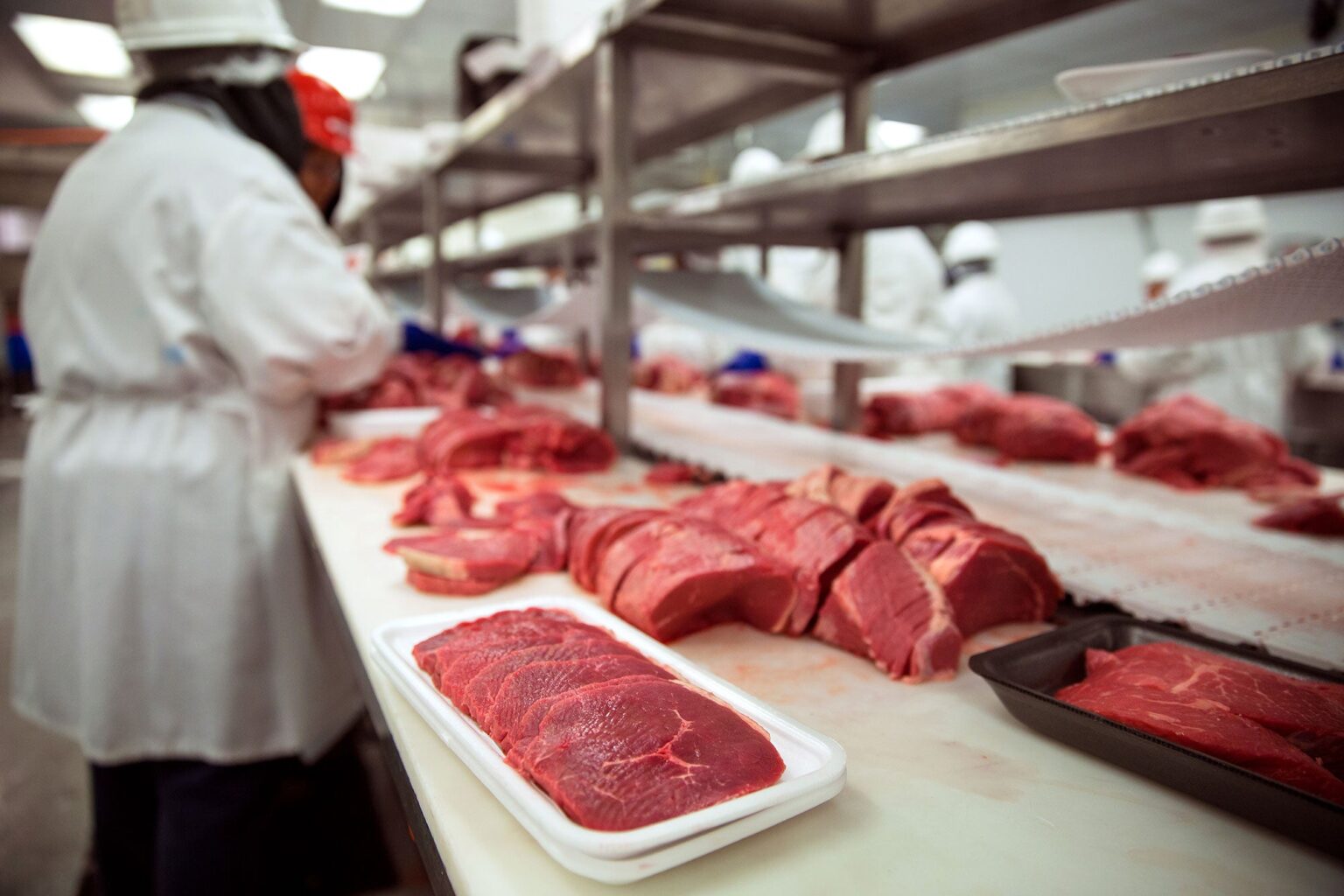The U.S. Department of Labor’s Occupational Safety and Health Administration announced expanded guidance on Oct. 15 for inspections in the animal slaughtering and processing industry, superseding previous guidance that applied only to poultry establishments.
OSHA says that this updated Inspection Guidance for Animal Slaughtering and Processing Establishments aims to significantly reduce injuries and illnesses stemming from occupational hazards through a combination of enforcement, compliance assistance, and outreach.
The guidance outlines a comprehensive focus for OSHA inspections, which will now prioritize hazards associated with sanitation and cleanup operations, ergonomics, hazardous energy control, machine guarding, and more.

According to employer-reported data, meat and poultry workers suffer serious injuries at double the rate of other workers. Additionally, data from the Bureau of Labor Statistics indicate that occupational illness cases reported in the animal slaughtering and processing industry were six times higher than the average for all industries in 2022.
The statistics highlight alarming trends within this sector: the rate of carpal tunnel syndrome in the industry was more than seven times the national average. Workers also face various hazards, including exposure to high noise levels, dangerous equipment and machinery, slippery floors, hazardous chemicals, and biological risks associated with handling animals.
OSHA’s guidance is particularly significant as many meat and poultry industry workers have limited English proficiency. Furthermore, the Labor Department has identified an increased number of children working in these facilities, often on maintenance and cleaning shifts.
“All workers, regardless of their socioeconomic background or immigration status, have the right to safe and healthy workplaces,” OSHA wrote in their release. “This new guidance better protects all workers by ensuring inspections are done during second and third shifts and include contractors and temporary workers, and that training is provided in languages workers understand.”


